TCM – Traditional Chinese Medicine
Expression of the Fourteen Meridians
Anatomical images from the classical text Shi si jing fa hui, translated as “Routes of the Fourteen Meridians and their Functions”, published by a noted mid-14th century Chinese physician named Hua Shou and used in the practice of acupuncture.
Shou, Hua. Jushikei hakki (Shi si jing fa hui. Japanese & Chinese). ([Tokyo] : Suharaya Heisuke kanko, Kyoho gan [1716]).
Japanese physicians were heavily influenced by traditional Chinese medicine, especially many of its classical texts. Because of this, Chinese medical classics were printed over and over again in Japan. The images in this collection were taken from a 1716 Japanese reprint.
The text includes three parts: 1.Yin Yang circulation of the arms and legs; 2. The course of Qi through the fourteen meridians; 3. Eight extraordinary vessels.
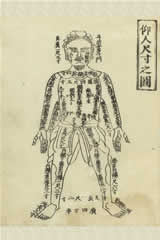 |
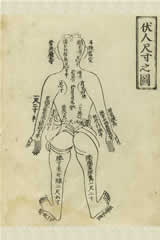 |
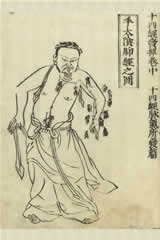 |
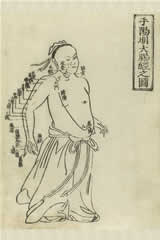 |
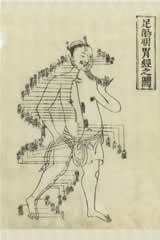 |
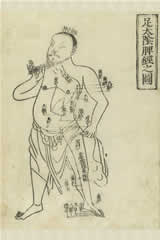 |
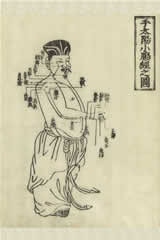 |
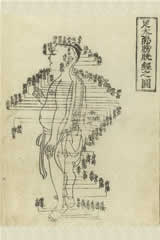 |
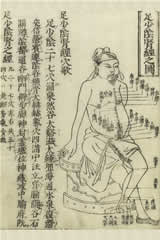 |
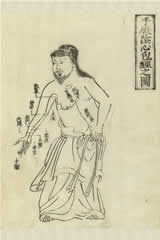 |
 |
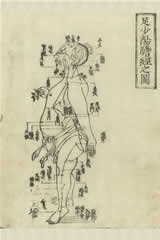 |
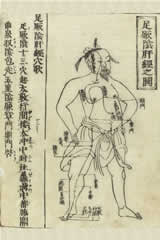 |
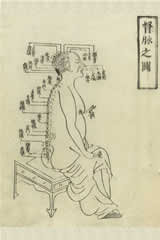 |
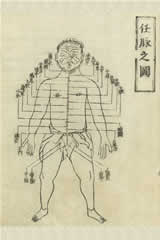 |
Licensing: These images are in the public domain because their copyright has expired in the United States and those countries with a copyright term of no more than the life of the author plus 100 years.
NIH Expression of the Fourteen Meridians Reference Wikipedia Acupuncture Reference NIH Historical Anatomies
Share:
- Click to share on Facebook (Opens in new window)
- Click to share on LinkedIn (Opens in new window)
- Click to print (Opens in new window)
- Click to email a link to a friend (Opens in new window)
- More
- Click to share on Reddit (Opens in new window)
- Click to share on Twitter (Opens in new window)
- Click to share on Tumblr (Opens in new window)
- Click to share on Pinterest (Opens in new window)
- Click to share on Pocket (Opens in new window)
- Click to share on Telegram (Opens in new window)
- Click to share on WhatsApp (Opens in new window)

